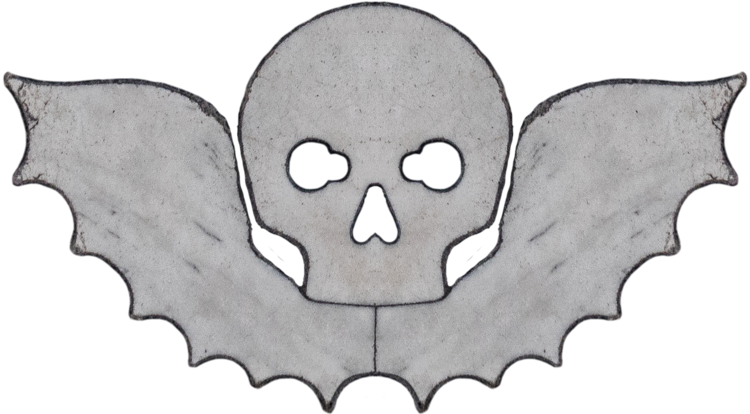Following a long day trip to Hoge Veluwe National Park, the next day I made a shorter trip to the historic town of Münster, which was recommended by some work colleagues in Essen. Münster (which means 'monastery') was founded around 797AD by missionary of Charlemagne, and is also known for being the centre of the 'Anabaptist' rebellion during the Reformation in 1534, and also the site of the signing of the Treaty of Westphalia which ended the 30-years war in 1648. Looks like not much else happened between then and WW2 - but by then Münster was an administative and industrial centre, and over 90% of the old city (Aldstadt) was destroyed by air raids.
Unlike some other cities which suffered massive war damage and were rebuilt in boring-concrete modern styles e.g. Essen and Rotterdam, the Münster Aldstadt was rebuilt in replica of the style it was before the war. Many of the town's historical items were removed and safely stored during the war, so there are plenty of historic artifacts just placed in rebuilt buildings. These include the Cathedral's treasure stash (Domkammer), the fancy 1540's astrological clock shown above, and the wall panels and furnishings of the town hall where the Treaty of Westphalia was signed. And a funny chalice in the shape of a rooster, of course.
The Cathedral (St.Paulus-Dom) was particularly impressive with another large pipe organ to add to my collection, which made for a nice picture with the sun shining through the clouds of incense. Extra points for catholic theatricality. The Prinzipalmarkt (principal marketplace) was interesting, with rebuilt historic buildings in a ring around the city centre, although many of them did look suspiciously clean and tidy stone of course, many of the facades only a few decades old.
I also found this pointy looking organ in St.Lambert's church, where the deposed leaders of the Anabaptist rebellion were suspended in cages from the clock tower until they were dead... the cages are still there, but the bones were eventually removed! The Anabaptists were basically crazy radicals who liked re-baptising people, communal property, and polygamy and seem to be ancestors of modern Amish and Mennonites etc. They took over the whole city, but the deposed Bishop sent in his army to besiege them and after a year they were broken, with the leaders tortured and put in cages.
After walking across town to see the Münster Palace, which is now the administrative building for the local university, I ran into a massive fair set up on the Schlossplatz. This is the 'Send' fair, which occurs three times a year and attracts over a million visitors and 250 vendors and rides. It was interesting walking around seeing all the German fairground food stalls, which all looked like pretty serious business - pretzels, bratwurst, toasted nuts and candy all looked good, not so sure about the giant Herring stand! All sorts of different rides as well, including bumper cars, multiple haunted houses, a roller coaster and ferris wheel, log flume and shooting galleries. Of course I ended the day with fairground Currywurst Frites.
